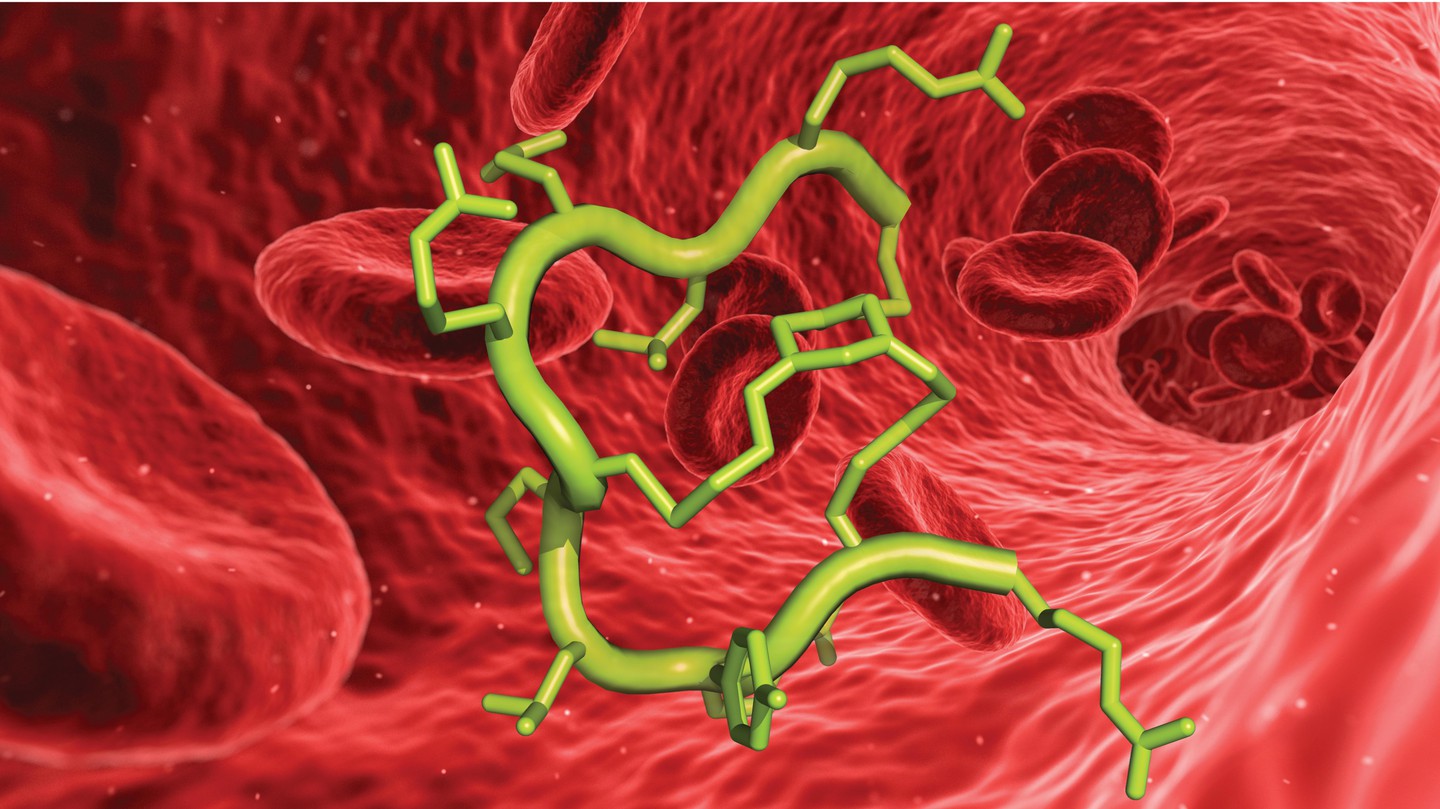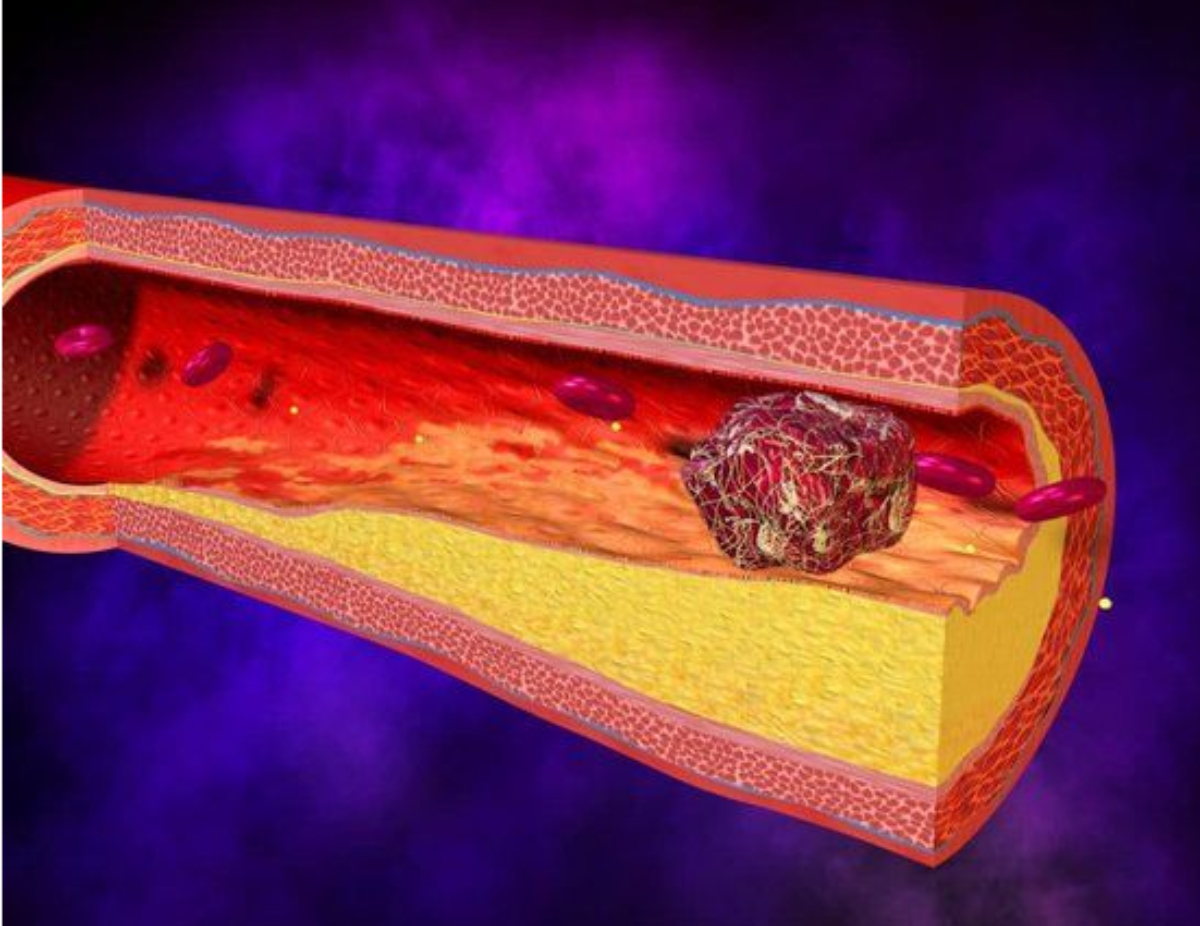
Low-molecular-weight heparin has shorter molecules, which means it can only attach to antithrombin. Too little won't do enough to prevent clotting, and too much will create a risk of bleeding. That’s because its effectiveness depends on its dosage, and the needed dosage can be very different from person to person. UFH also needs constant monitoring with lab tests. This neutralizes both proteins, further preventing clotting. This is because UFH has a longer molecule, which means it’s long enough to help wrap around both antithrombin and thrombin, a protein that promotes clotting, holding them together. Unfractionated heparin is stronger and fast-acting.

Heparin comes in two different types, and there is a third medication that is closely related: Heparin works by activating antithrombin, and then antithrombin keeps other parts of the clotting process from working normally. One of the anticlotting processes uses a type of blood protein called antithrombin. Heparin is a medication that inhibits clotting by activating your body's anti-clotting processes. Depending on the type of anticoagulant, the clotting process disruption happens in different ways. Just like their name suggests, they prevent or undo coagulation, the process where your blood solidifies to form a clot.
How to stop bleeding while on blood thinners skin#
It stops bleeding, creates a protective covering to keep germs and debris out of a wound, and then rebuilds the skin so it’s good as new (or nearly so, if the wound leaves a scar).Īnticoagulants work by interfering with the normal clotting processes. Thanks to that balancing act, clotting is usually a helpful process. That way, your body can activate them quickly when you have an injury that needs repair. Certain blood components keep your clotting processes in an inactive state. If it clots too much, it can cause the dangerous medical events mentioned above. If your blood doesn't clot enough, an injury can cause severe blood loss or even death. Your body is constantly balancing clotting and anti-clotting processes. In addition, about one-third of all hospital patients receive some form of anticoagulant medication. In the United States, more than 5 million individuals covered by Medicare Part D received a prescription for an anticoagulant medication in 2019. This is especially true thanks to the approval of several newer drugs, which you take by mouth, within the past 10 years. How commonly are anticoagulants prescribed?Īnticoagulants are commonly prescribed medications. Some of these disorders are genetic, meaning you can inherit them from your parents or pass them to your children. This includes conditions and diseases that affect how your blood clots. This condition, deep vein thrombosis, is one of the main causes of pulmonary embolism. Joint replacements can increase the risk of clots forming in veins in your leg. Certain heart valve replacements have an increased risk of causing clots to form at the site of the new valve. Pooling blood can clot, and clots can easily travel from your heart to your brain, causing a stroke. Fibrillation means blood can pool because the upper chambers of your heart are beating too fast to pump effectively. This is an irregular heart rhythm in the upper chambers of your heart. These can also be deadly.Īnticoagulants can protect individuals who have a condition or disease that could cause them to have any of the above clot-related events. These occur when arteries that supply blood to your heart become blocked. If the blockage is severe enough, a pulmonary embolism can be deadly. This occurs when a blood clot gets stuck and blocks an artery in your lungs. Blood clots are particularly dangerous if they travel up to your brain, where they can easily get stuck in the smaller blood vessels. If that smaller blood vessel is in a critical location, it can block blood flow that one of your organs needs to survive.īlockages from blood clots can cause the following deadly events: If a clot is too large, it can get stuck in a smaller blood vessel. However, when clots don't stay in one place or form in your bloodstream, they can be extremely dangerous. When blood clots work like they’re supposed to, they form at the site of an injury that needs repair and they stay put.

Why would I need to take these medications? They often treat and prevent life-threatening conditions that can happen because of blood clots, like strokes, heart attacks and pulmonary embolisms.

They do that by letting your body break down existing clots or by preventing new clots from forming.Īnticoagulants come in many different forms, including injections, intravenous (IV) drugs, and medications you take by mouth. Anticoagulants are a group of medications that decrease your blood’s ability to clot.


 0 kommentar(er)
0 kommentar(er)
